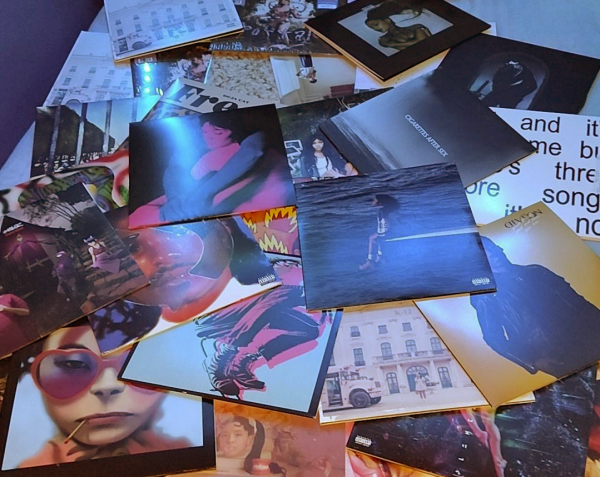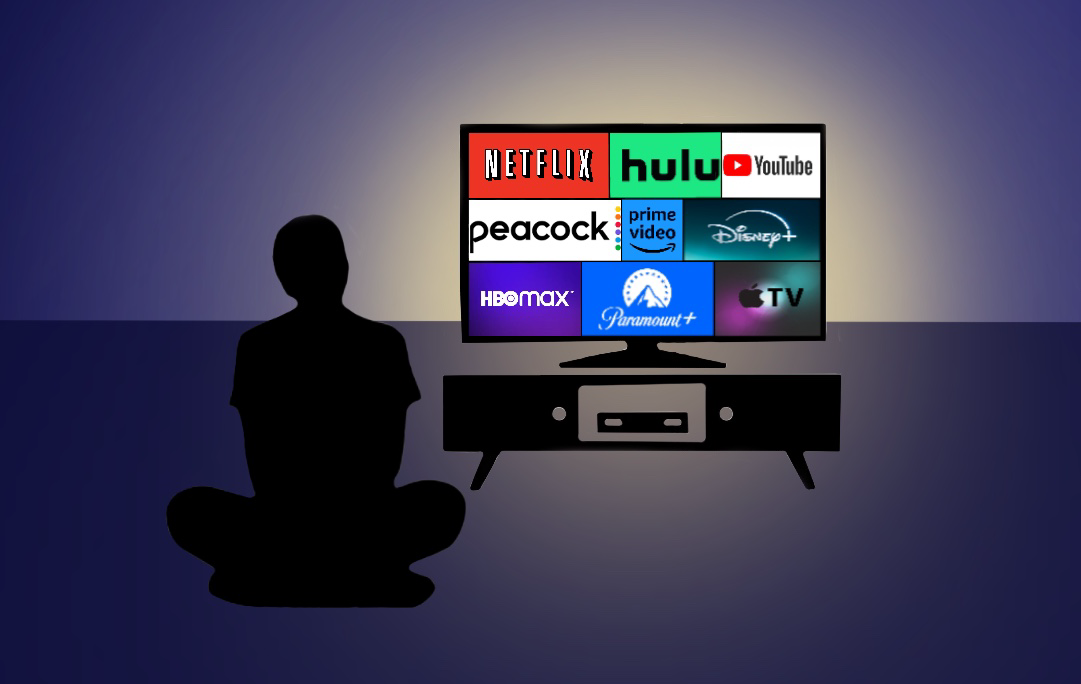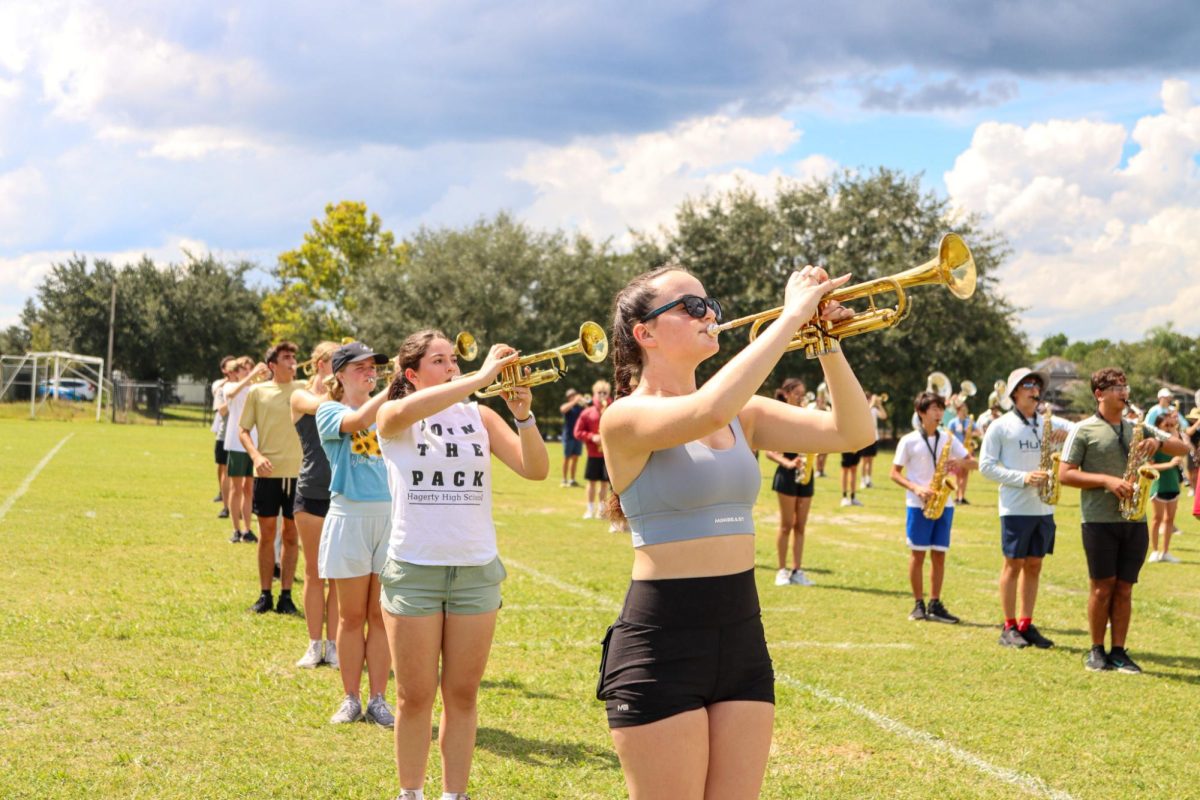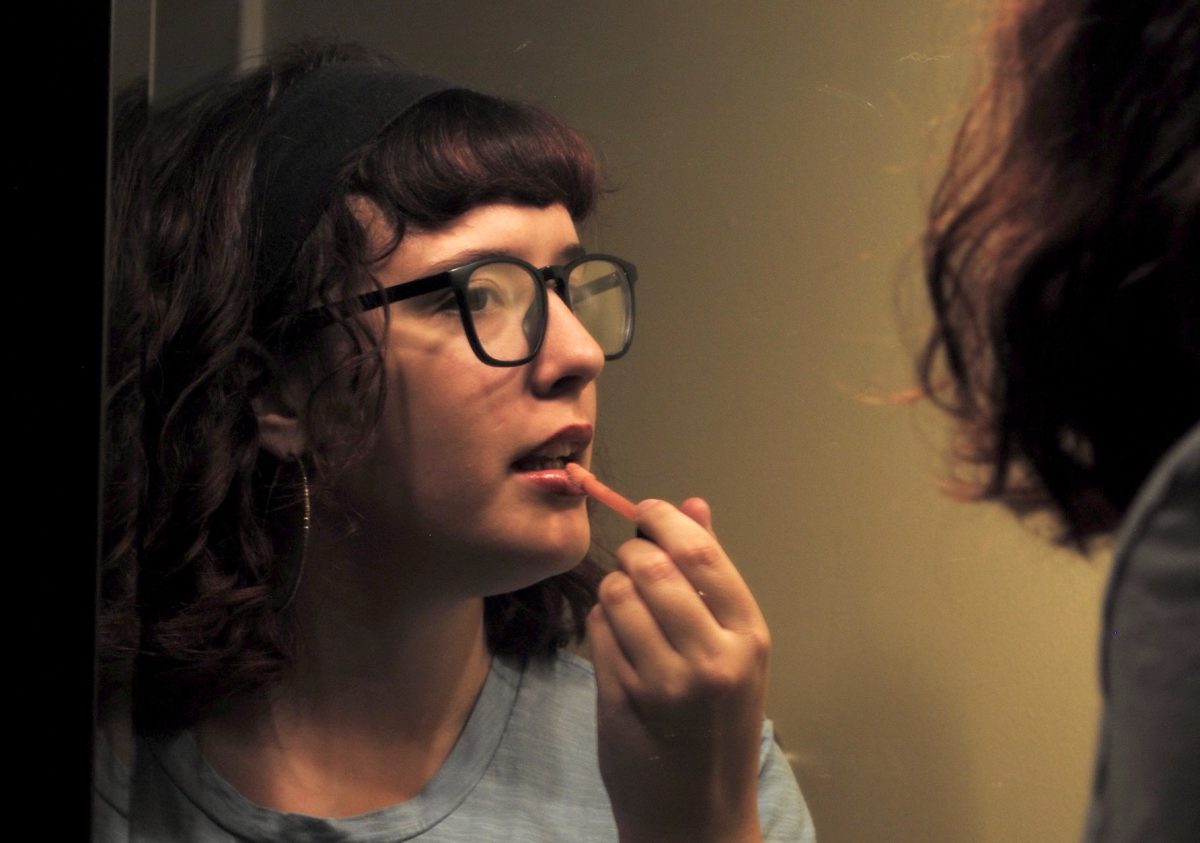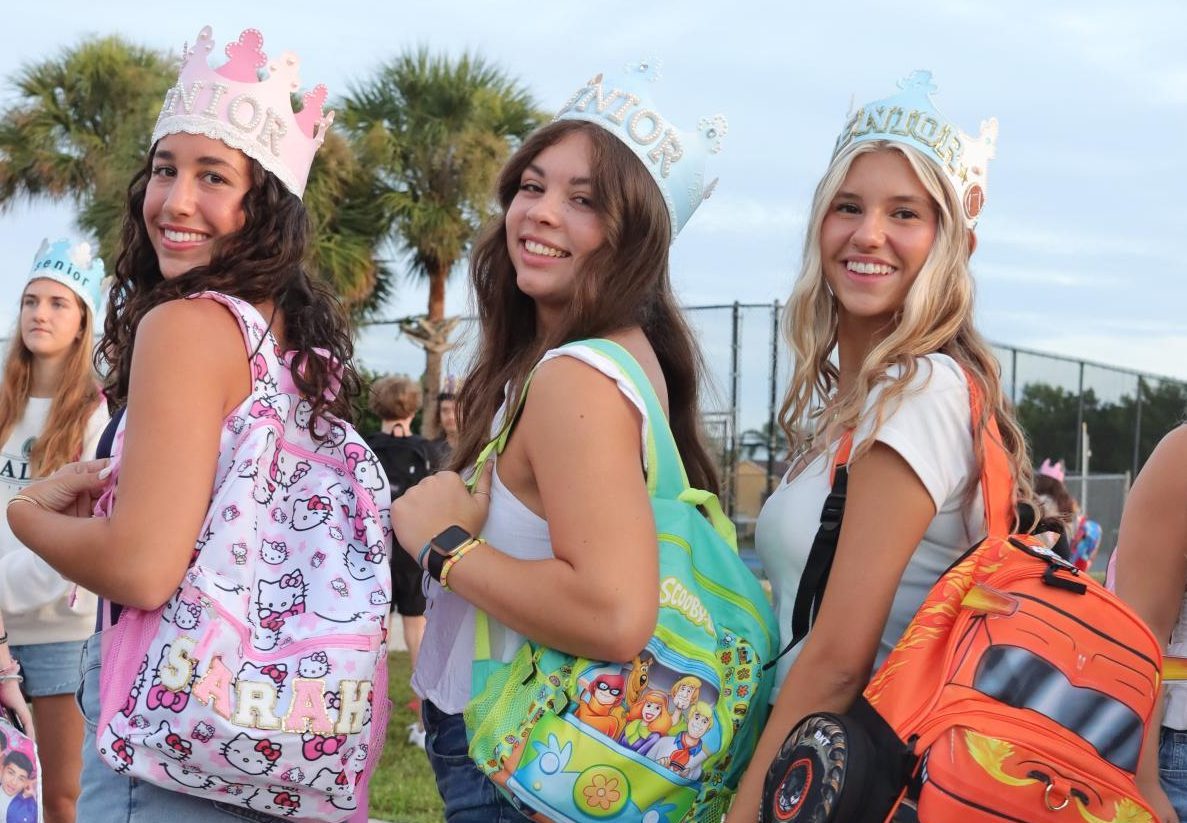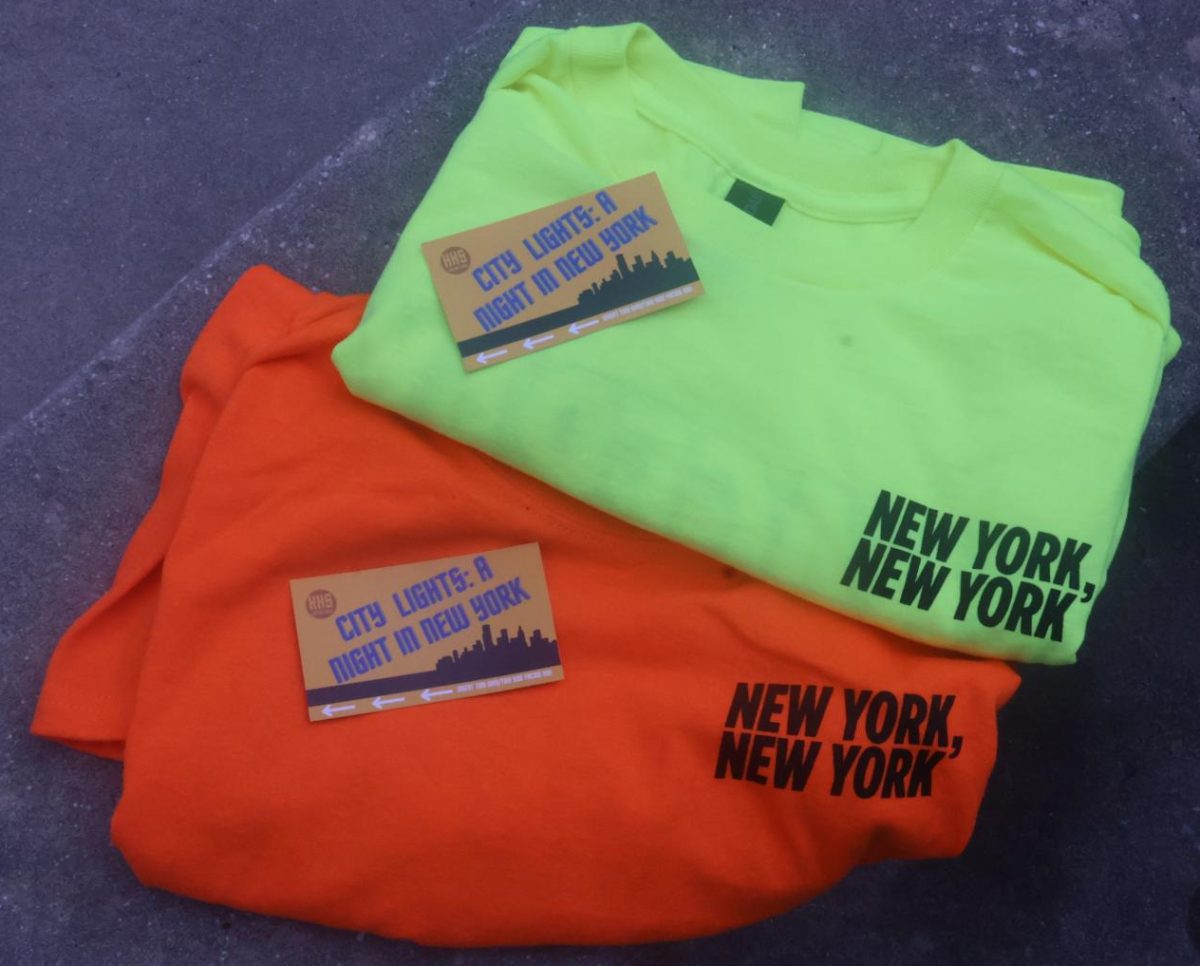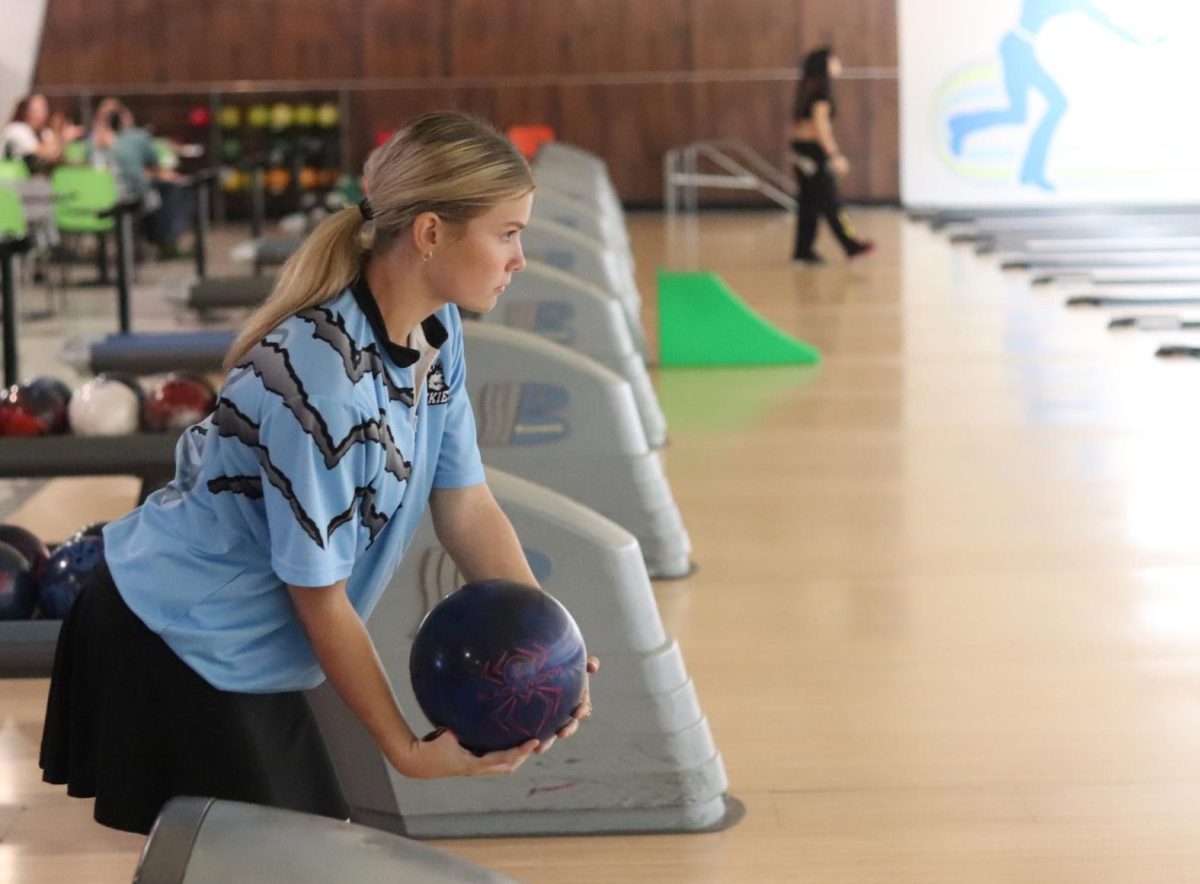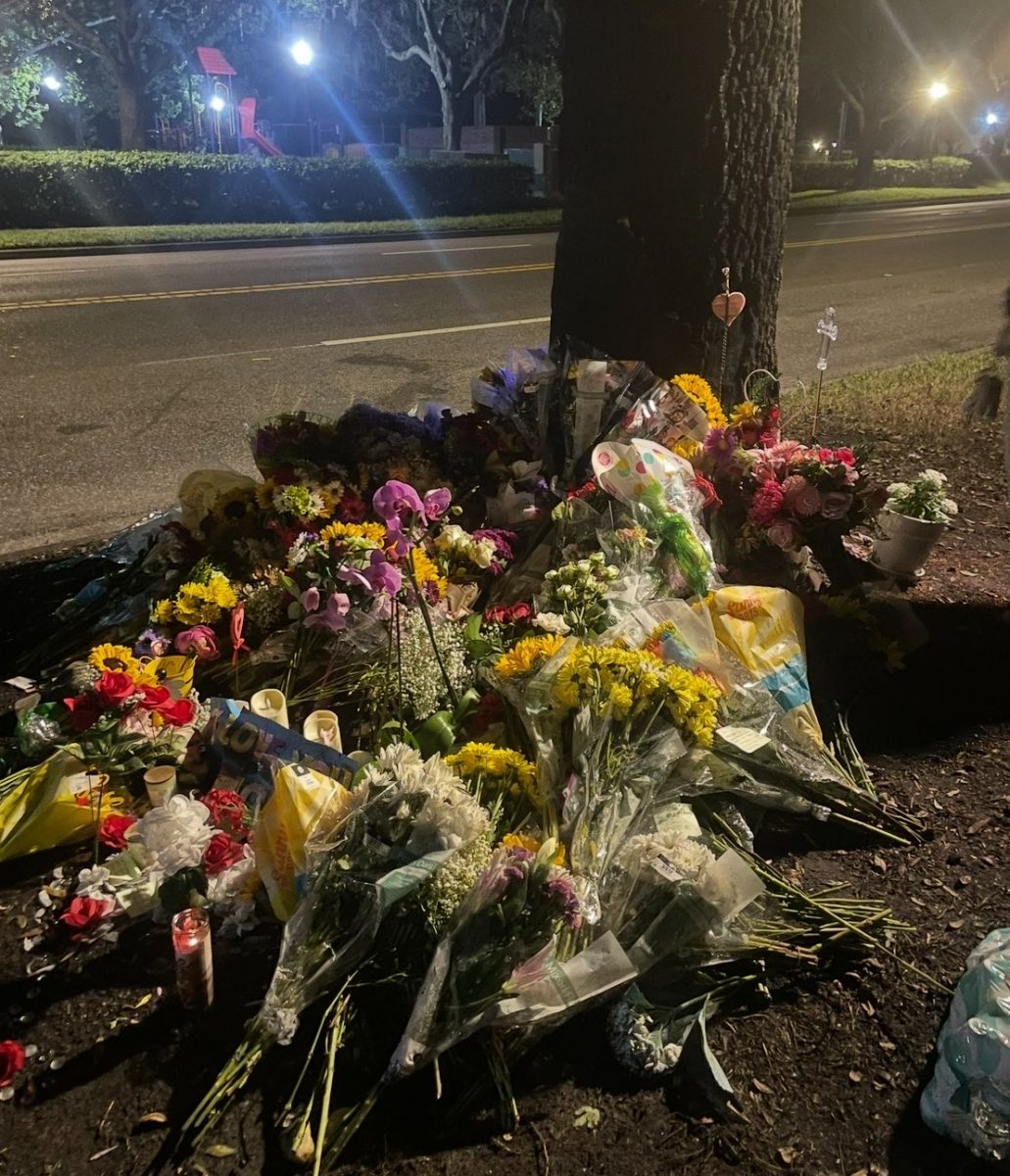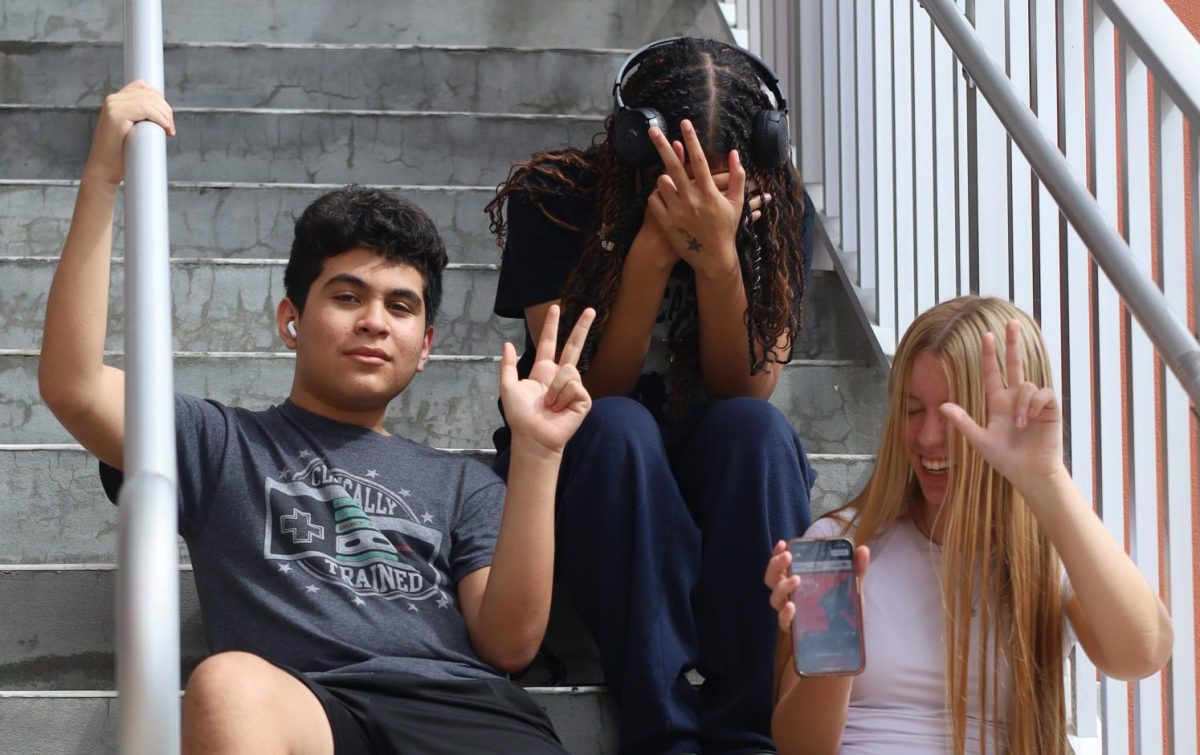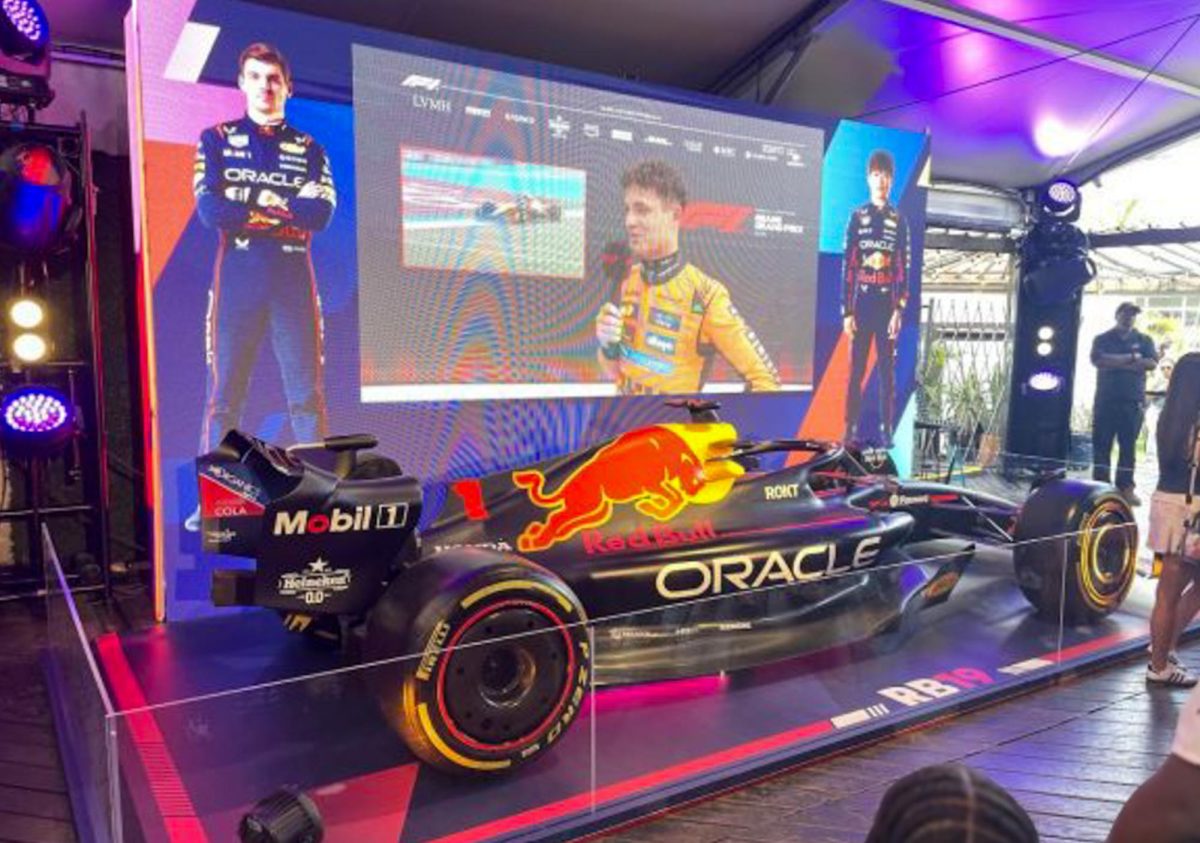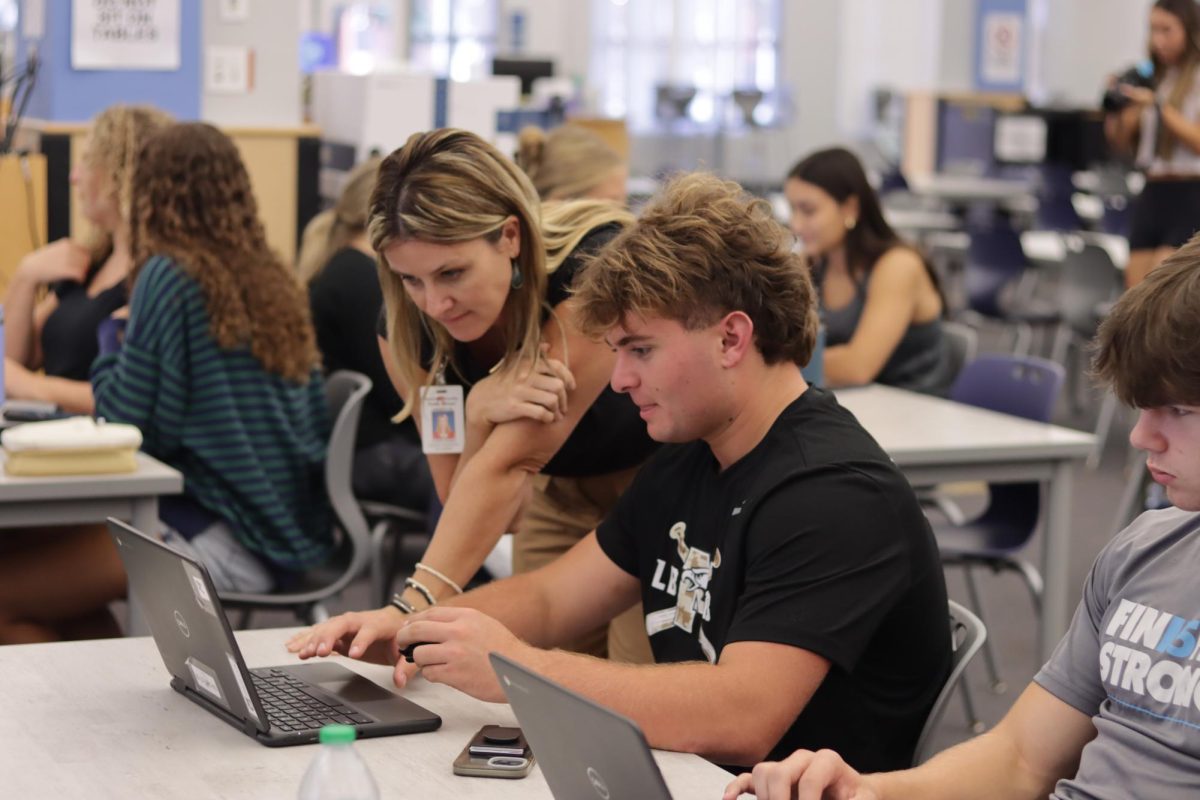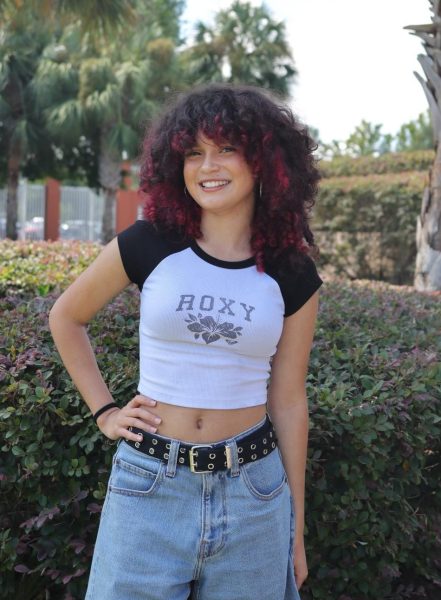Surrounded by laptops. Every screen is buffering. One by one, as the cursors stop spinning, the page scrolls down to the “Add to Cart” prompt.
The only thing left to do is spam the mouse in a hectic craze. Maybe two other versions of the album are already displayed at home, and maybe it is free with Spotify Premium. But does it matter?
This one is different, right? That’s all that matters. The cover art is prettier anyways.
Digital streaming vs. physical albums
Despite the practicality of digital streaming, vinyl and CD collecting has recently seen a drastic increase in popularity. Camoin Associates reports that in the past four years, vinyl records saw a 68% increase in total sales volume, in addition to a 55% increase in total sales revenue since 2020. As a result, the industry reached $1 billion in sales for the first time since 1985.
This seems contradictory, because at the same time, streaming services like Spotify have also experienced a surge in popularity in the past five years. Since 2020, Spotify’s monthly active users has increased from nearly 300 million to around 700 million in total, meaning the platform’s users more than doubled.
The two industries are successfully coexisting in pop culture in part due to new marketing angles and because of the current technological climate. For once, the advancement of technology does not mean the abandonment of tradition.
Today, most people use streaming services to listen to music. Even avid CD and vinyl collectors admit that they prefer albums’ digital counterparts, despite vinyl and CD being generally considered to have better audio quality than digital music
“I think I prefer digital media. It’s just so at your fingertips,” junior Rylee Dale said.
Freshman Violet Parker agrees with Dale, stating that despite her large collection, she still prefers listening to music digitally at home. Even though she owns a vinyl player, she rarely uses it.
“I prefer digital streaming because my Alexa has every song in the world,” Parker said, “[The vinyl player is] a lot of work so [my collection] is mainly for aesthetic purposes.”
Like Parker, most modern-day collectors pursue vinyl and CD collection purely for their visual appeal.
Marketing
Park Ave CDs, an independent record store in Winter Park, has only thrived off of the recent record-collecting craze. In the past 10 years, the store has seen a significant increase in business, which can only be attributed to the growing interest in physical albums in the digital age.
The store’s social media manager, Gamble, confirmed that instead of focusing on audio quality, he has noticed that most young collectors gravitate towards more visually appealing records.
And to capitalize on this, many artists also include lyric booklets, posters or photocards to enhance the visual experience, encouraging fans to proudly display them on walls, desks and bookcases at home.
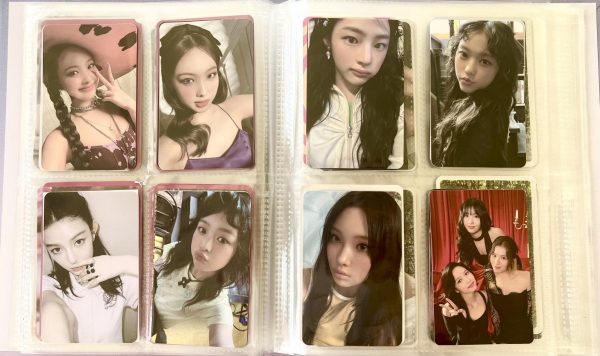
(photo by Adriana Monsanto)
Add-ins like these are particularly popular with genres that originate overseas, like K-Pop and J-Pop. Including up to five photocards is considered the standard for some larger groups, like TWICE, whose pre-order bonuses include ten additional photocards every release.
“I buy [K-Pop albums] because they have a bunch of inclusions like posters, stickers and photocards,” senior Gabriella Rodriguez said. “I like putting the photocards in my phone case or in a [photocard] binder.”
However, it’s not just Asian artists who include collectibles with their physical albums. For example, Olivia Rodrigo’s Target Exclusive “GUTS” vinyl includes a poster and alternative cover art, further encouraging teens to buy them not just for the actual music but also for decor and collectibles.
Like the “GUTS” vinyl, many of these add-ins are limited edition or vendor-exclusive, such as Taylor Swift’s Target exclusive album “The Tortured Poets Department: The Anthology,” which includes numerous different posters and bonus tracks that accompany different CD/vinyl versions of the album and double album edition.
“The biggest thing that [labels] are trying to appeal [to], more so with vinyl than with CDs, [is] that collector aspect,” Gamble said. “Whether it be there’s 100 copies or 1000 copies of one, I think [it’s] a psychological thing.”
Emotional connection
Emotional connections between fans and artists plays a big role in teens’ desire to further support their favorite artists through purchasing physical albums, sometimes even signed copies.
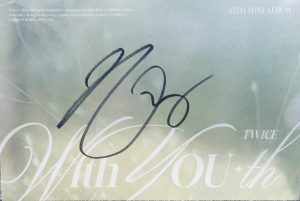
“I have a signed Nicki Minaj CD,” freshman Rachel Wang said. “It came a year late, and it’s one of the only parts of my CD collection that wasn’t gifted to me from my dad.”
Physical albums give fans another way to connect with their favorite artists, and that personal touch makes CD and vinyl irreplaceable to many.
It’s not just the personal connection to the artists, because though large proponents of the trend are emotional connections between fans and artists and aesthetic marketing, connecting with older generations plays a large part, too.
For example, Dale’s CD collection is almost entirely inherited from her parents, and Wang’s classical CD collection was gifted to her from her dad.
“[CD collection] helps nurture the relationship between me and my parents [by allowing me to] partake in a part of their culture,” Dale said. “It’s something you can keep in common with the older generations.”
”
Record store culture
Keeping CD and vinyl culture alive doesn’t stop at vintage CD collections and mystery VHS tapes; it also includes preserving record store culture.
Record stores are more than just places that sell vinyls—they are safe spaces for music fanatics and collectors to connect. Much like bookstores and Blockbusters—while they were around—physical stores spark conversation and connection through their intimate atmospheres.
“The rise of vinyl not only brings in more business, but it just [brings] more eyes on the shop. [It] allows us to do more things,” Gamble said. “We do monthly community days that help bring awareness to causes that we think are important. [At the events] we offer free Narcan and free Plan B.”
Record stores also support local and independent artists by promoting their work in a way that is more visible to potential fans compared to the digital streaming world, where self-promotion can be more difficult.
“We do a consignment program, where [local artists can bring in] art, albums, stuff like that, and we put it on the floor,” Gamble said.
Though many modern-age collectors may not realize it, by keeping the CD and vinyl business alive, and even by shopping at large corporate chains like Target, they allow record store culture to flourish in America for almost one hundred years after its conception.
Vinyl/CD collection may not seem distinctly alternative today, as some of the culture’s largest promoters include mainstream pop stars like Taylor Swift and Olivia Rodrigo, but the hobby has its roots in alternative music-based subcultures, like the punk, emo, goth and metal communities.
Historically, record stores have been essential to the alternative scene, as they created a safe space for alternative people in particular to find like-minded individuals—before Subreddits and Discord channels existed.
“There’s definitely an alt culture that flocks to record stores still, but [they are also] accessible to everyone and anyone,” Gamble said.
The steady uptick in vinyl and CD sales in the past five years stands out among other trends which burn up fast in pop culture. Which means that unlike bucket hats and laminated eyebrows, physical albums are likely here to stay. So, fear not, there is still time to collect every version of “Tortured Poets.” Well, if your shelves still have space, anyway.


